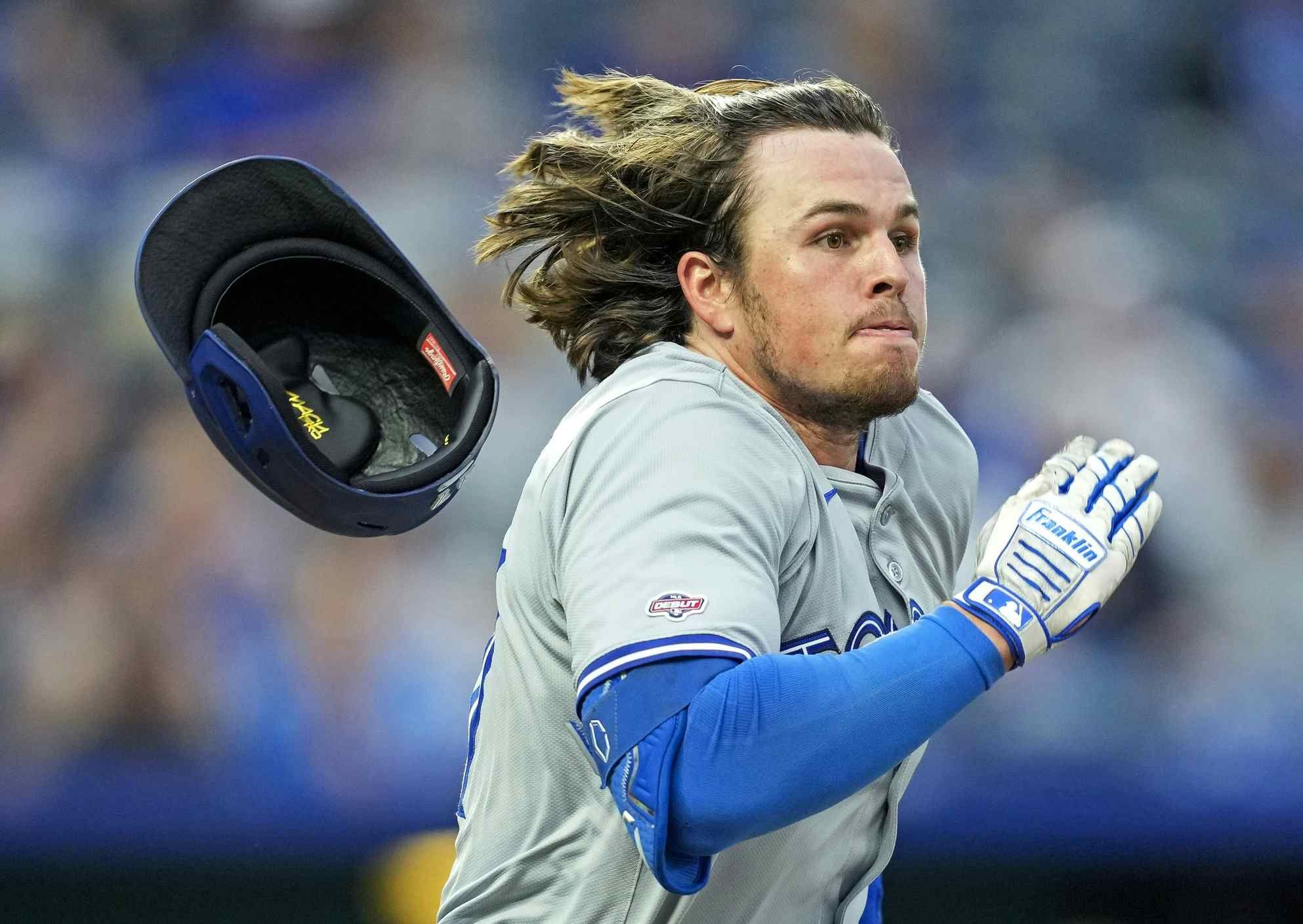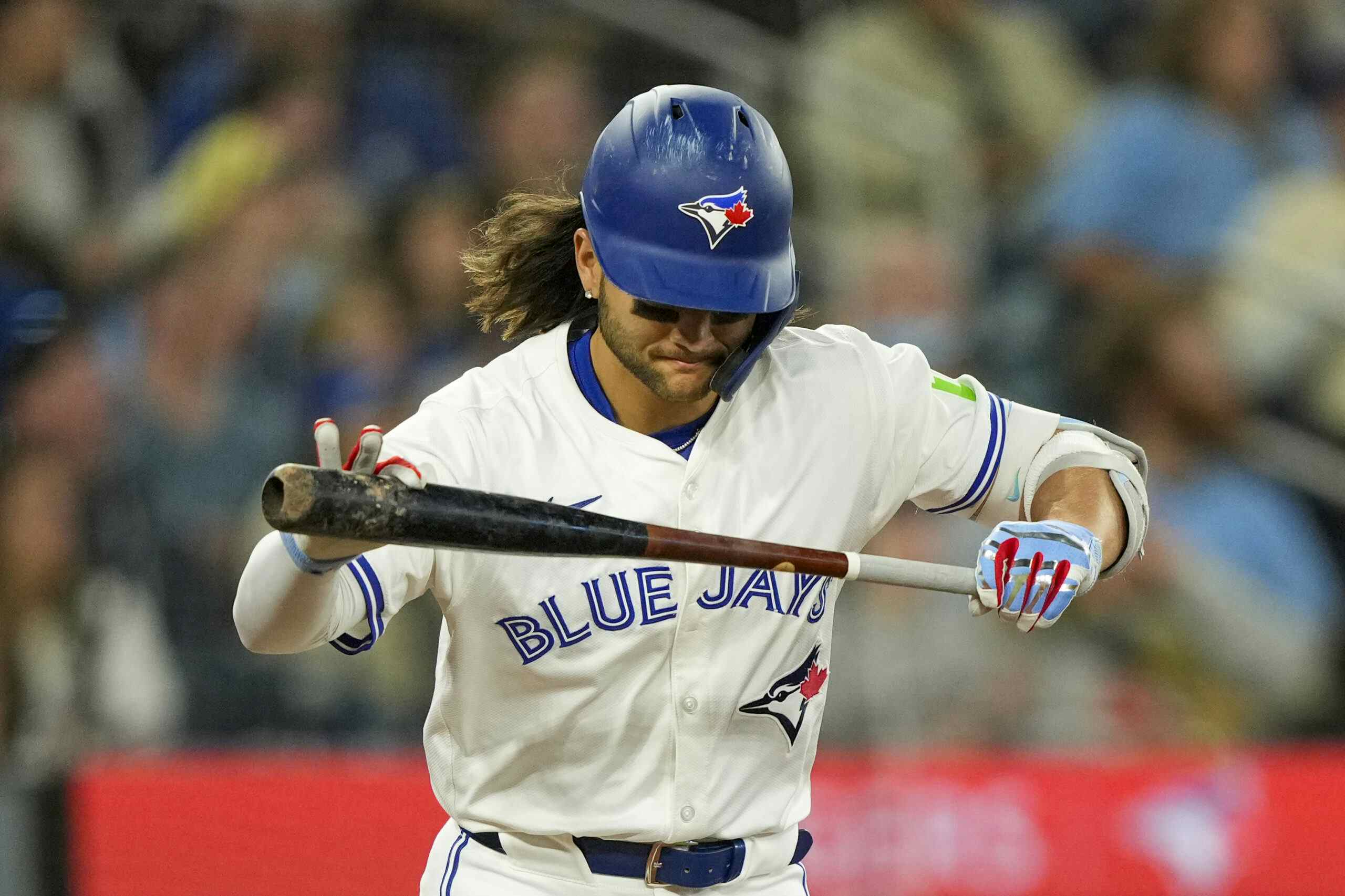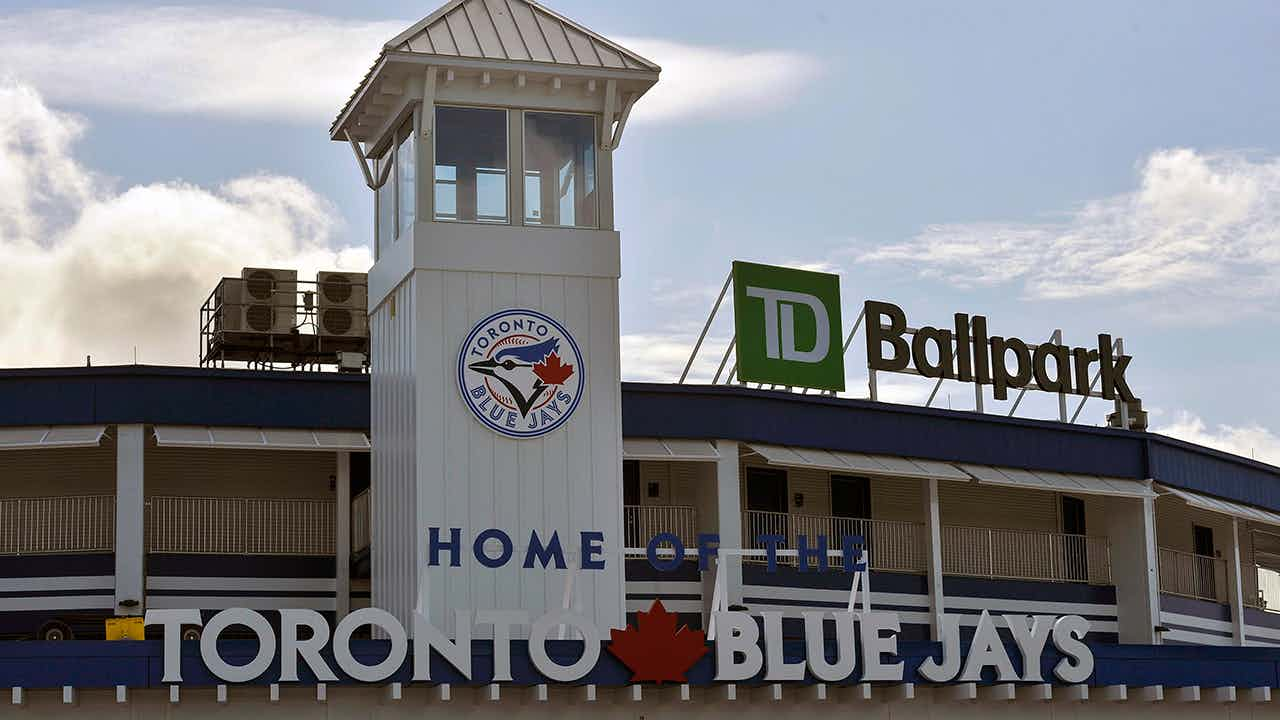Is the front office following the Houston Astros’ Tank style of rebuild?
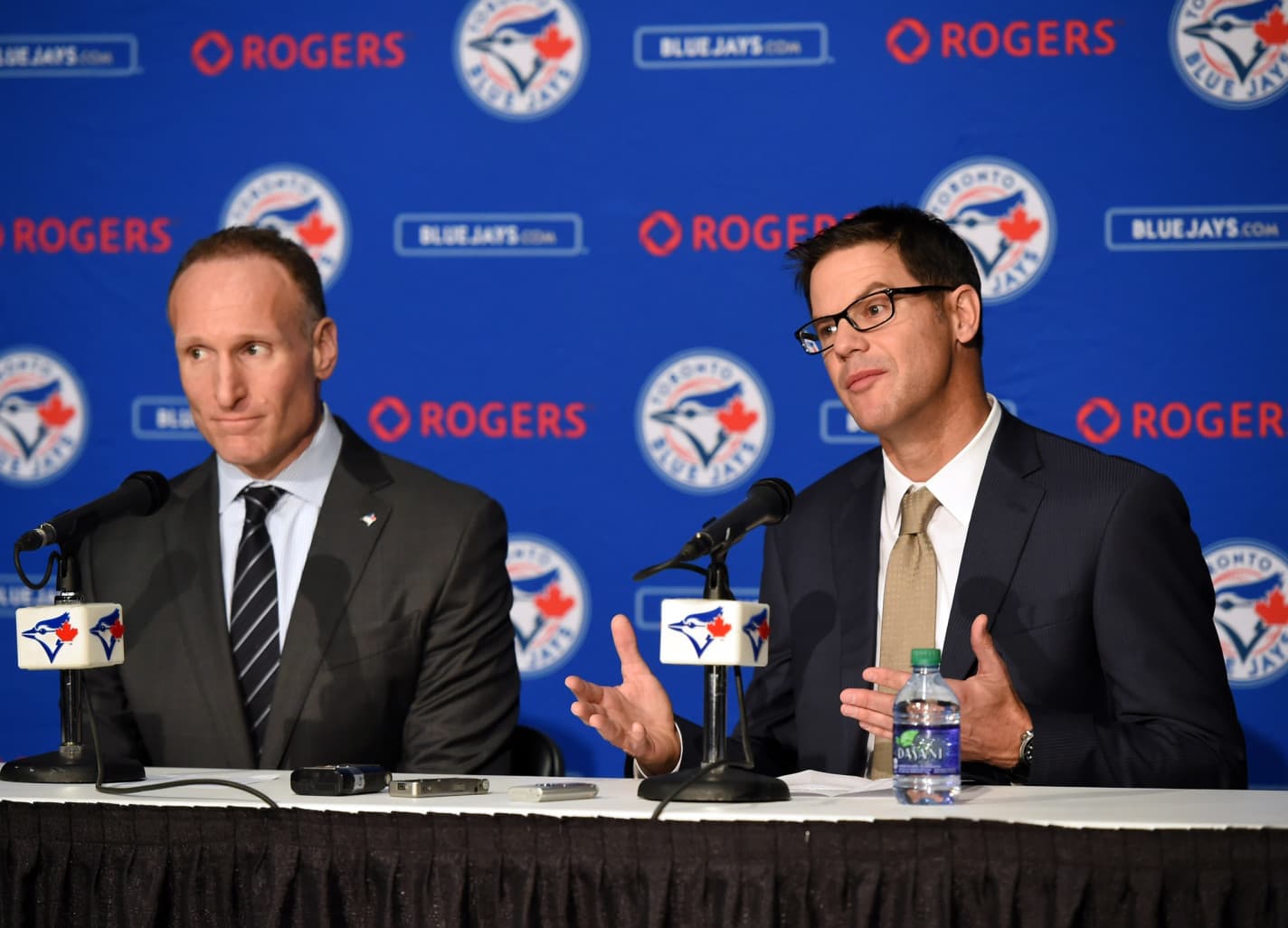
By Cam Lewis
4 years agoThis week in Toronto, we saw a tale of two different teams. First, there was the Blue Jays, fielding an ugly team in the middle of their rebuild with a bunch of players who probably won’t be around in 2020. Then, there was the Twins, a middle-of-the-pack team who decided to go for it this off-season with a bunch of savvy additions.
Many of us wanted the Blue Jays to do what the Twins did. They added Marwin Gonzalez, Nelson Cruz, Jonathan Schoop, and Martin Perez to a decent young core that featured Byron Buxton, Jose Berrios, and Eddie Rosario. It seems to be working out for the Twins as they currently lead the American League Central with a 23-12 record after making mincemeat of the Blue Jays this week.
Why aren’t the Blue Jays the Twins? Why didn’t Mark Shapiro and Ross Atkins add guys like Nelson Cruz and Marwin Gonalzez and Martin Perez to give the Jays a shot at competing in a very-shallow American League? Was it simply money? Or is there something else going on here?
***
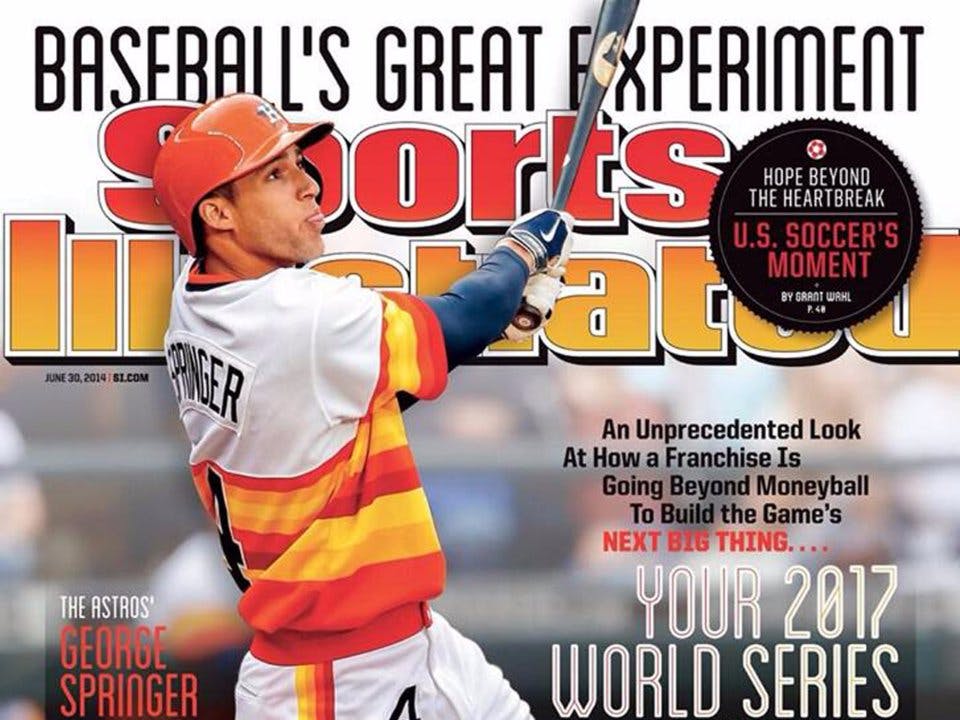
Take a look at the date on that magazine cover. This isn’t a feature about how the Astros beat the Los Angeles Dodgers in a thrilling seven-game series in 2017 to win their first-ever World Series. It’s a feature written in June 2014 about the Astros’ rebuild and Sports Illustrated was already donning them 2017 World Series Champions because of it.
Jeff Luhnow was hired to become the Astros’ general manager in December of 2011 after the Astros suffered a miserable 56-win season. Hiring Lunhow to run the team was the first major decision made by Jim Crane, who purchased the Astros just a month earlier. Crane gave Luhnow and his team the green light to do something we don’t often see in baseball — tank.
As discussed in that excellent SI piece from 2014 by Ben Reiter (you should totally read it), Crane, Luhnow and the rest of the management team decided that tanking was the quickest way to work to the top. Rather than toiling in mediocrity, the Astros sought to load their farm system with an overwhelming amount of elite talent in order to become a contender.
This made a lot of sense for a franchise that was stuck in purgatory. The Astros reached the World Series in 2005 but got swept by the Chicago White Sox. Over the new few years, their star players went out the door. Hall of Famers Craig Biggio and Jeff Bagwell retired and Roy Oswalt and Lance Berkman had been traded. At the time Crane purchased the team, the Astros also had one of the worst farm systems in baseball.
Luhnow immediately began to tear down the team. Hunter Pence had been traded during the 2011 season, Mark Melancon was traded in January and Carlos Lee, J.A. Happ, Chris Johnson, and Wandy Rodriguez were traded in July. By the time the 2013 season rolled around, the Astros were operating with a budget of roughly $26 million.
In Luhnow’s first two seasons, the Astros went 106-218. He inherited the first overall pick in 2012 thanks to that horrid 2011 season. He used that pick on Carlos Correa. He used the 41st pick in that draft, a supplemental pick for losing Clint Barmes in free agency, to draft Lance McCullers Jr. In 2013, Mark Appel was taken first overall. In 2014, Brady Aiken was taken first overall. He didn’t sign and the Astros got the second overall pick in 2015, which they used on Alex Bregman. Their own fifth-overall pick in 2015 was used on Kyle Tucker.

The Astros would make the playoffs in a surprise 2015 season thanks largely to a weak American League wild-card race. They took a step back in 2016 and missed the playoffs, but finally broke out in 2017. That 2017 team which, of course, won the World Series, featured a core of players acquired during Luhnow’s tank.
Correa, the first of the first picks, was the team’s best player, slashing a .315/.391/.550 line over 109 games. Bregman, who was sort of a first pick by osmosis, enjoyed a breakout sophomore season and played a key role in the playoffs. McCullers was a part of the pitching staff, and Ken Giles and Justin Verlander were acquired largely with pieces from the tank years.
Some other Luhnow-related names on that team were… Marwin Gonzalez, who he grabbed in the 2011 Rule 5 draft, Jake Marisnick and Joe Musgrove, two prospects he got from the Blue Jays in the Happ deal, Chris Devinski, who he acquired in a deal with the White Sox in 2012 for Brett Myers, and Brad Peacock, who was acquired in a deal with Oakland for Jed Lowrie.
The only key players who weren’t acquired during the tank years were 2011 first-round pick George Springer, 2009 seventh-round pick Dallas Keuchel, and 2007 amateur free agent signing Jose Altuve.
Despite reaching the playoffs in 2015 ahead of schedule, Luhnow waited until after the 2016 season to really dive into competing. Veterans like Carlos Beltran, Brian McCann, Charlie Morton, and Josh Reddick were added to augment that internally-developed core prior to the 2017 season, then, at the trade deadline, they made the major splash to acquire Verlander.
Everything worked out according to plan, and, in this copy cat world we live in, that makes the Astros’ model the one to follow.
***
If you aren’t interested in reading a bunch of Astros history, he’s a summary for you. Within the span of five years, Luhnow and Co. stripped down the Astros, made them unwatchable, lost a bunch of games, drafted and acquired a bunch of good prospects, and built the team up into a World Series-winning juggernaut.
Is this what Mark Shapiro and Ross Atkins are doing here?
The situation is a bit different. Shapiro came into the picture in 2015 to replace Paul Beeston, who had retired. The Jays team built by Alex Anthopolous had just snapped a billion-year playoff drought and, even if it was the right decision, tearing it all down would infuriate the fanbase. Also, Rogers still had a lot of cash to milk off of that team.
They went for it in 2016 and it worked, as the Jays reached the American League Championship Series for the second-straight year. They kinda went for it again in 2017 and it didn’t work. They sorta tried one final time in 2018, which was Josh Donaldson’s final control year, and, again, it didn’t work. That’s when the tear down really happened.
Names like Jose Bautista and Edwin Encarnacion were already gone, but, over the past year, we’ve waved goodbye to Donaldson, Kevin Pillar, Kendrys Morales, Russell Martin, and Troy Tulowitzki. The team is operating with a tiny on-field payroll and there’s clearly no expectation of any kind of success this season.
Unlike the Astros when Luhnow took over, the Jays already have a good farm system. Shapiro and Atkins may have inherited a farm in the bottom third of the league back in 2015, but players like Vlad Jr, Danny Jansen, and Sean Reid-Foley were already in place. In the half-in, half-out years since, they added Bo Bichette, Nate Pearson, Eric Pardinho, and Jordan Gorshans, among others.
So does it really make sense for the Blue Jays to go into an Astros style tank? I mean, if it’s for one year, then sure? As the Astros showed, just one pick at the top of the draft could net you a Bregman or a Correa, which played a huge role in their success. But given the situations, it’s hard to imagine that Shapiro and Atkins would be willing to waste multiple Vlad Jr. years on an Astros-style tank in order to acquire elite talent.
If the Blue Jays were going to follow the Astros’ lead, they had to go all in right after the 2016 season. That didn’t happen and we saw a half-in, half-out thing, and now, I think, the front office is spending a throwaway year to grab elite talent at the top of the draft. Still, I can’t see them doing this for a prolonged period of time like Houston did.
Recent articles from Cam Lewis

